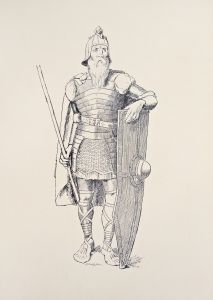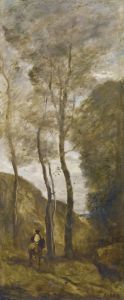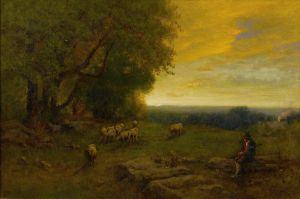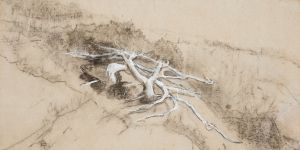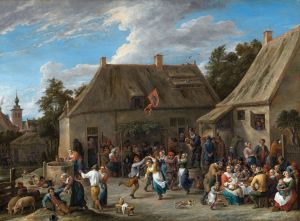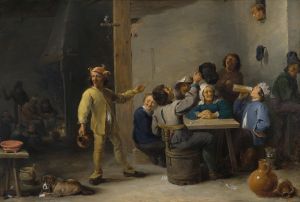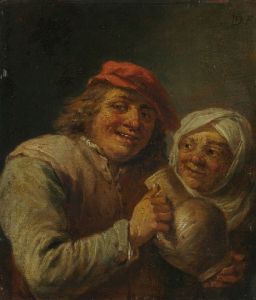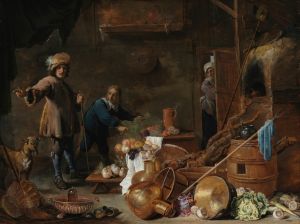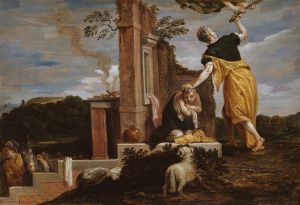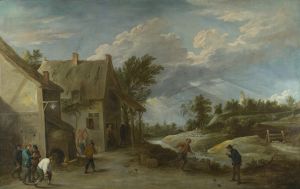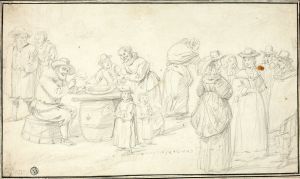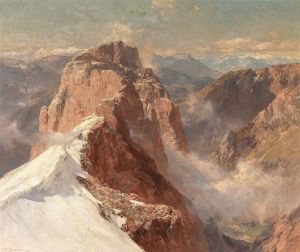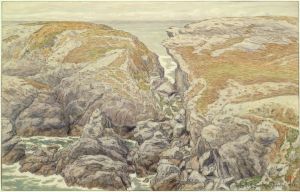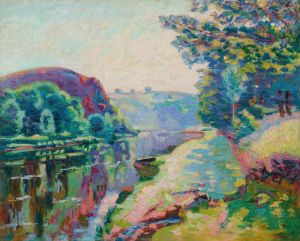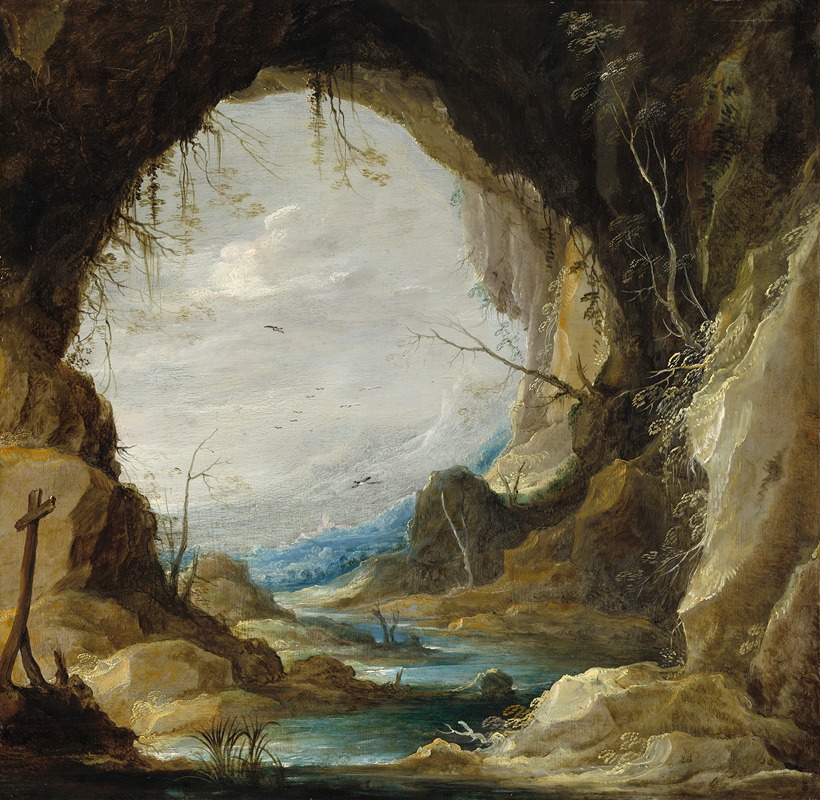
Vista from a Grotto
A hand-painted replica of David Teniers The Younger’s masterpiece Vista from a Grotto, meticulously crafted by professional artists to capture the true essence of the original. Each piece is created with museum-quality canvas and rare mineral pigments, carefully painted by experienced artists with delicate brushstrokes and rich, layered colors to perfectly recreate the texture of the original artwork. Unlike machine-printed reproductions, this hand-painted version brings the painting to life, infused with the artist’s emotions and skill in every stroke. Whether for personal collection or home decoration, it instantly elevates the artistic atmosphere of any space.
"Vista from a Grotto" is a painting by the Flemish artist David Teniers the Younger, who was an influential figure in the 17th-century Baroque period. Teniers was known for his versatility and skill in various genres, including landscapes, genre scenes, and religious subjects. Born in Antwerp in 1610, he was the son of David Teniers the Elder, also a painter, and he received his initial artistic training from his father. Teniers the Younger became a master in the Antwerp Guild of Saint Luke in 1632 and went on to have a successful career, becoming the court painter for Archduke Leopold Wilhelm of Austria.
"Vista from a Grotto" exemplifies Teniers' ability to blend landscape with genre elements, a hallmark of his work. The painting features a grotto, a natural or artificial cave, which serves as a framing device for the scene beyond. This technique of using a grotto or archway to frame a vista was popular in Baroque art, as it creates a sense of depth and invites the viewer to look through the opening to the landscape beyond.
The composition of "Vista from a Grotto" is carefully balanced, with the dark, rocky interior of the grotto contrasting with the brighter, sunlit landscape outside. This use of contrasting light and shadow is characteristic of Baroque art, which often employed dramatic lighting to enhance the emotional impact of a scene. The painting likely depicts a pastoral scene, a common subject in Teniers' work, where figures might be engaged in leisurely activities or tending to animals, though specific details of the figures and activities in this painting are not well-documented.
Teniers was known for his keen observation of nature and his ability to render it with a high degree of realism. His landscapes often include meticulous details of flora and fauna, as well as atmospheric effects that convey the time of day and weather conditions. In "Vista from a Grotto," these elements would contribute to the overall sense of tranquility and harmony that is typical of his pastoral scenes.
The painting reflects Teniers' skill in integrating human figures into natural settings, creating a narrative that is both engaging and visually pleasing. His works were highly sought after during his lifetime, and he enjoyed the patronage of several important collectors and art enthusiasts. Teniers' influence extended beyond his own work, as he played a significant role in the development of genre painting in the Southern Netherlands.
"Vista from a Grotto" is an example of Teniers' ability to capture the beauty of the natural world while also telling a story through the interactions of figures within the landscape. His work remains appreciated for its technical skill, attention to detail, and the ability to evoke a sense of place and mood. While specific details about the provenance and current location of "Vista from a Grotto" are not readily available, it remains an important part of Teniers' oeuvre and a testament to his artistic legacy.





